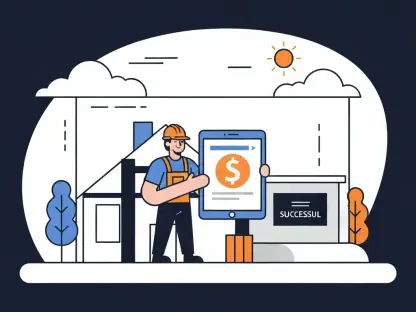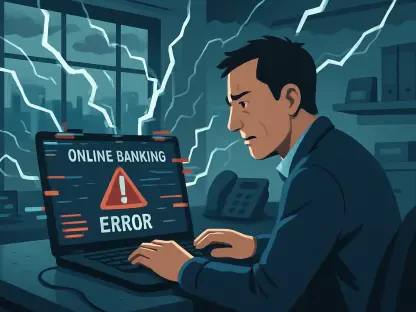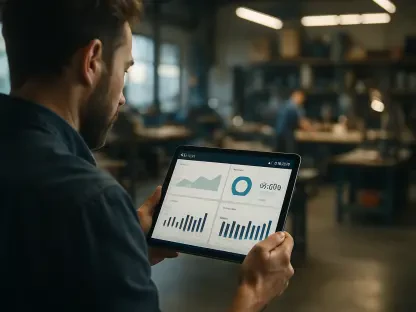The IRS has initiated a groundbreaking program to distribute approximately $2.4 billion in automatic stimulus payments to taxpayers who failed to receive their COVID-19 stimulus payments amid the pandemic. This initiative, aimed to be completed by the end of January, targets around one million taxpayers who will receive special payments of up to $1,400 each. These specific payments are directed toward individuals who neglected to claim the Recovery Rebate Credit on their 2021 tax returns, a move that many found too complex to navigate effectively. The Recovery Rebate Credit is a refundable credit extended to those who missed out on Economic Impact Payments (EIP), often referred to as stimulus payments, during the critical years of 2020 and 2021.
IRS Commissioner Danny Werfel highlighted that internal data pointed to a large number of eligible taxpayers who, when filing their 2021 returns, inadvertently overlooked claiming this credit due to its intricate nature. This prompted the IRS to simplify the process and automatically distribute the payments, thereby preventing the hassle for eligible taxpayers of submitting an amended tax return. An example of the program’s success is Ginny Bultman from Colorado, who discovered her eligibility for the credit and subsequently received up to $4,200 in delayed stimulus payments for her family, including her underaged son.
Eligibility and Distribution Process
Eligibility for these automatic payments is confined to taxpayers who filed a 2021 tax return but either left the Recovery Rebate Credit field empty or mistakenly marked it as $0 when they were, in fact, entitled to the credit. The payout amounts will vary among recipients, with the maximum disbursement being $1,400 per individual. For those wanting to verify their eligibility or understand the payment calculation methods, detailed information can be found on the IRS website.
The IRS took this step after reviewing data and identifying that a significant number of taxpayers missed out on claiming the credit despite being eligible. To streamline the distribution process, the IRS plans to send notification letters to eligible taxpayers, informing them of the forthcoming special payments. These payments will be disbursed automatically, either by direct deposit or via check, depending on the banking details or address the IRS has recorded from the taxpayer’s 2023 return.
Steps for Non-Filers
For those individuals who have not yet submitted their 2021 tax return, there remains an opportunity to claim the money by filing a return and requesting the Recovery Rebate Credit by April 15, 2025. This extension provides ample time for taxpayers who missed the initial deadlines or were unaware of their eligibility.
Over the course of the pandemic, there have been three waves of COVID stimulus payments amounting to $814 billion, allocated based on factors like income, tax filing status, and the number of dependents. These disbursements were facilitated under various legislative acts, including the CARES Act in March 2020, the Consolidated Appropriations Act in December 2020, and the American Rescue Plan Act in March 2021. Each legislative measure provided different amounts to qualifying individuals and children, underscoring the government’s commitment to offering financial aid to those impacted by the pandemic’s economic fallout.
Conclusion
The IRS has launched an innovative program to distribute around $2.4 billion in automatic stimulus payments to taxpayers who missed out on their COVID-19 stimulus payments during the pandemic. This effort, expected to be finalized by the end of January, aims to reach approximately one million taxpayers with special payments of up to $1,400 each. These payments target individuals who forgot to claim the Recovery Rebate Credit on their 2021 tax returns, a process many found overly complicated.
The Recovery Rebate Credit is a refundable credit for those who did not receive their Economic Impact Payments (EIP) in 2020 and 2021. IRS Commissioner Danny Werfel noted that internal data revealed numerous eligible taxpayers missed claiming this credit on their 2021 returns due to its complexity. This led the IRS to simplify the process, automatically issuing these payments to save eligible taxpayers from the hassle of submitting an amended tax return.
An example of the program’s impact is Ginny Bultman from Colorado. She discovered her eligibility for the credit and received up to $4,200 in delayed stimulus payments for her family, including her young son.









